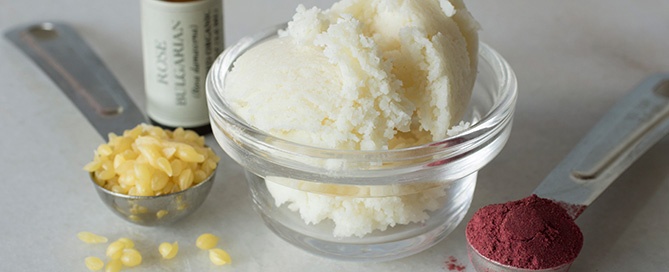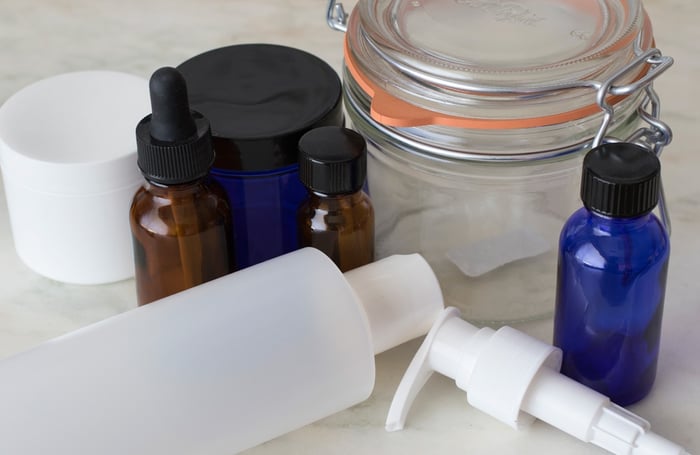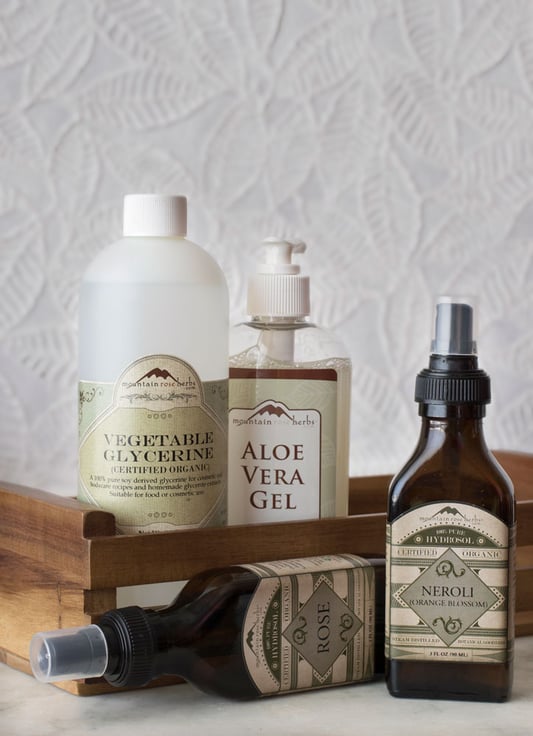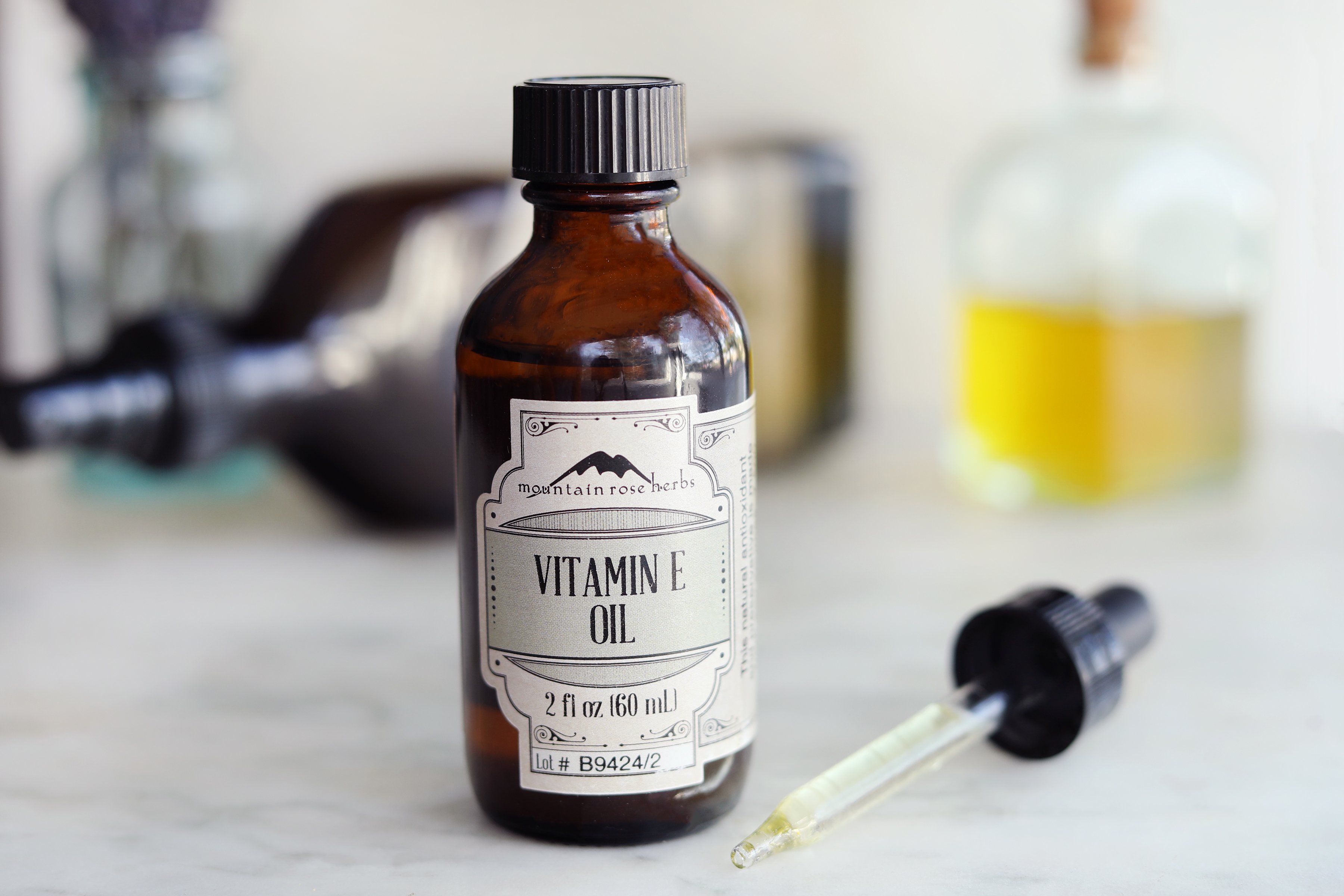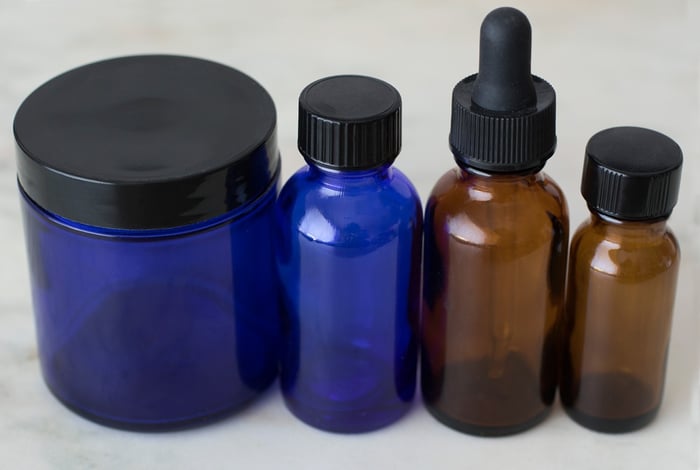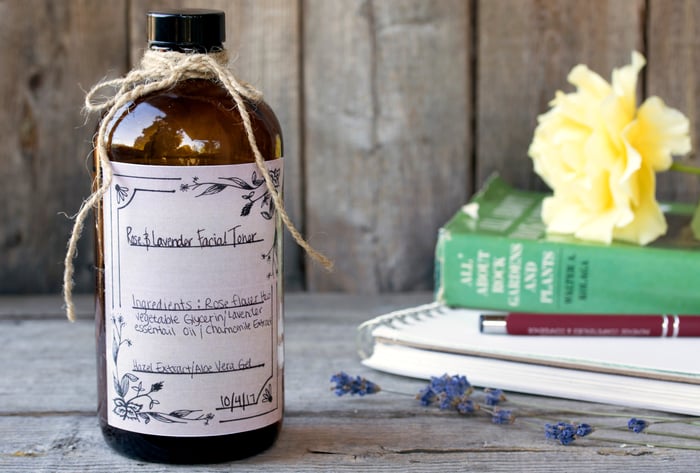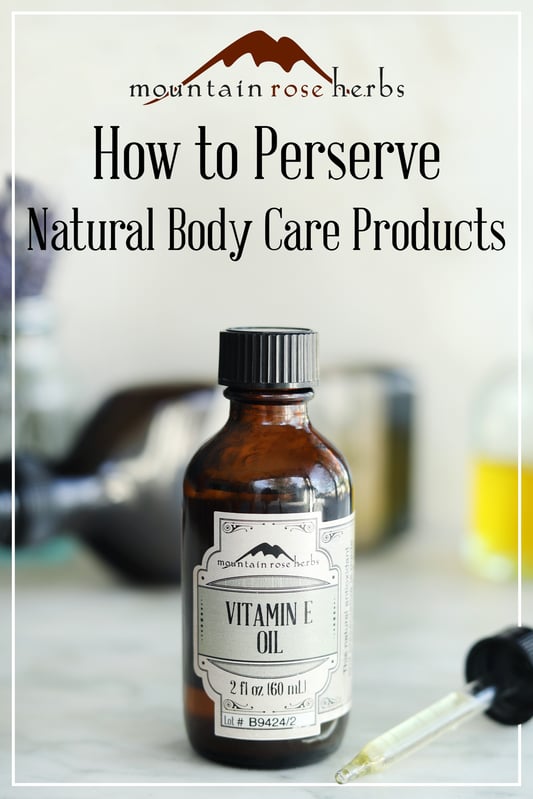When seeking out natural alternatives to store-bought body care and wellness products, it can be hard to know how to create shelf-stable versions of store-bought staples at home. In fact, some of the most common questions we receive from our friends and customers relate to naturally preserving homemade botanical goodies.
One of the reasons many of us are trying to get away from conventional shampoos, soaps, pastes, and cleaners is to avoid the synthetic ingredients they contain. These ingredients can cause allergic reactions, may be drying or irritating, and could potentially be linked to some rather unsavory health problems. Unfortunately, these safe additives also dramatically increase product shelf life, preventing them from expiring for months or even years. We know we don’t want to slather those ingredients on our bodies, but that doesn't necessarily mean your creations are doomed to quickly perish, either!
There are natural ways to help add stability to homemade skin and body care products, without the drawbacks of their chemically-laden counterparts. The key is understanding your ingredients and process. We hope these five tips help you get started!
5 Tips for Preserving Handcrafted & Natural Body Care Products:
1. Keep it Clean
Attention to cleanliness is key to maximizing shelf life. Use clean, sterilized jars and containers. If you are recycling containers, make sure they've been washed well with soap and hot water. If you are ordering new tins, jars, and bottles, it's still a good idea to wash them before use. We like to add a bit of white vinegar for extra measure and allow the containers to dry completely before use. A dishwasher does a great job of cleaning and sterilizing too! Make sure there are no bits of food or other particles in the containers before you use them. This goes for jars used for oil infusions too—bacteria and moisture can make oils go rancid fast.
If you are making a lot of salves, lotions, and balms, consider having designated equipment. We have a special stainless steel soup pot that we use only for soap making, as well as an immersion blender, wooden spoon, spatula, and glass measuring bowl that are committed only to body care products. Even though these are well cleaned between uses, we still try to keep a separation between food prep and lotion prep.
Putting dirty hands into jars of salve or lotion will also introduce bacteria and shorten the shelf life. For salves, it’s a good idea to give your hands/fingers a quick wash before dipping in. For oils, consider using a bottle with a flip top or pump to cut down on the chances of introducing grimy things. Regardless, keep container lids closed tightly between uses.
2. Use Distilled or Boiled Water or Water Substitutes
Water-based recipes include those with hydrosols, aloe vera gel, witch hazel extract, tea or water infusions, and vegetable glycerine. Make sure you use distilled water or boil your water and allow it to cool prior to including it in recipes, as doing so can help eliminate possible contaminants.
Keeping hydrosols, witch hazel extract, and aloe vera gel in the fridge can also help to extend their shelf life and keep these ingredients and your finished creations fresher longer.
3. Use Antioxidants to extend shelf life
While antioxidants are not considered actual preservatives by purists, they do help to slow the oxidation in vulnerable ingredients. Oxidation is what happens when exposure to air or oxygen starts to compromise the oils or other ingredients. Vitamin E oil and rosemary antioxidant oil are good examples of natural stabilizers. We will often include these in homemade serums, massage oils, and lip gloss recipes to help preserve the integrity of the finished product. They are best added after the oil base has been mixed together with melted waxes and butters. Be careful not to heat these directly.
4. Use Alcohol as A Preservative
Some ingredients can help inhibit the growth of bacteria and other unsavory microorganisms. You can add alcohol extracts or tinctures to a formula to help with preservation and add botanical goodness. Just plain organic alcohol works too! Keep in mind that alcohol doesn't mix well with all fats, so using alcohol should be limited to water-based formulas.
5. Properly Store your Creations
Storage is important! You will often see us recommend that a serum be stored in a cobalt or amber bottle or jar rather than a clear container. The dark color helps to keep out strong light that can speed up deterioration. A good rule of thumb is to store creations out of direct light and where they will not be subject to temperature fluctuations.
Salves and lip balms can melt easily in the summer heat, and when left in places like cars and backpacks, they are often subject to warmer temperatures than an ambient room.
Some creations—particularly water-based ones—are best stored in the fridge if you intend to keep them around for a while. If you live in a warm or humid climate, or it is mid-summer, storage can be a bit trickier than during colder winter months.
Infused oils and vinegars, as well as ingredients such as butters and beeswax, are also best stored in cool, dry places. Straining as much plant material as possible from your infusions before storing will also help them to last longer. Clean, snug, lids keep out light and oxygen.
A word about water
As a rule, water-based creations will have a much shorter shelf life than oil- or butter-based ones, because water breeds life! This is why salves and balms tend to have much longer stability than lotions and creams. For water-based products like hair rinses and linen sprays, it's often better to simply make small batches as needed. This has the added benefit of ensuring that you are using the freshest ingredients in your daily routine.
Know Your Tools
It is important to be educated about the ingredients you are using in your creations. Different oils and butters behave differently. Some can be heated to high temperatures, while others can be both a solid and a liquid (like coconut oil which melts at 76° F). Understanding the shelf life of the ingredients and how they interact with each other can help you to adjust recipes to suit your needs.
Since one of the main reasons to create natural and organic body care products is to avoid the synthetic chemicals found in commercial ones, it is important to remember that while we can add some preservation properties to our creations, we cannot expect our handcrafted shampoos, rinses, and creams to have the same shelf life as mass-produced products. Our advice? Craft in small batches and share with friends and family. Use it up while the ingredients are fresh!
Want more guidance for your botanical adventures?
Read About Creating a Herbal Apothecary
You may also enjoy:

